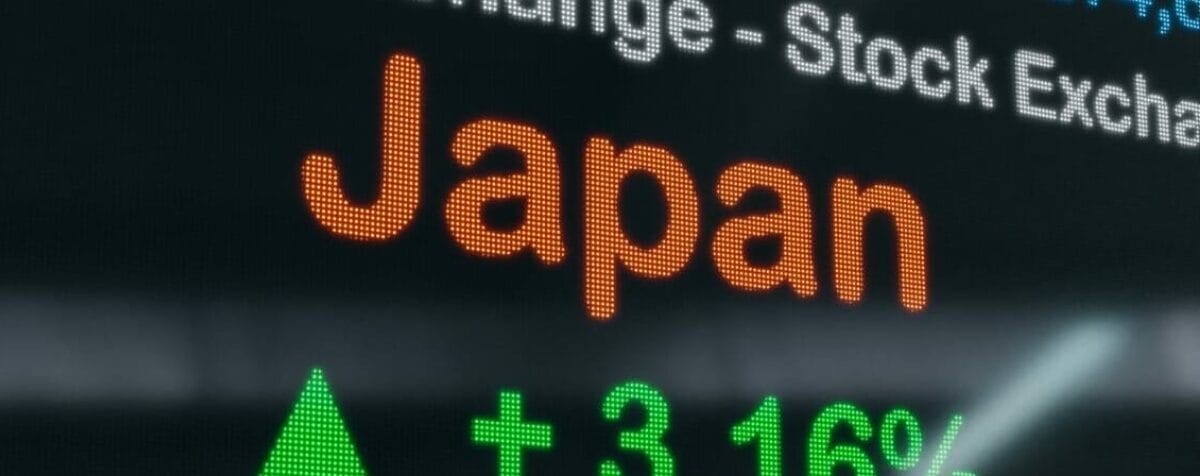Emerging markets corporate debt is taking on a bigger role in fixed-income portfolios with attractive yields and strong underlying fundamentals relative to both sovereign and developed-market high-yield debt attracting investors.
While still beholden to sell-offs in risk assets, emerging markets corporate debt has seen strong inflows from institutional investors driven by returns that have outperformed global high yield over three- and five-year periods.
Historically, emerging markets corporate bonds have been viewed cautiously by investors, with concerns about illiquidity and credit risk both at a corporate and sovereign level.
However, there seems to be a long-term structural shift in investor allocations on the back of low interest rates in developed markets.
JP Morgan reported in April that assets under management benchmarked to its Corporate Emerging Markets Bond Index (CEMBI) group of indexes grew 72 per cent in 2011 to just under US$30 billion by year’s end. This is on the back of a doubling in these same assets in 2010.
Credit quality and liquidity up
T. Rowe Price portfolio manager for emerging markets debt, Mike Conelius, says that not only are investors allocating more on a long-term basis but also emerging markets corporate debt is demonstrating long-term improvements in underlying credit quality and liquidity.
Conelius points to the long-term increase in market capitalisation in emerging markets debt as evidence of a trend of improving liquidity.
In 2011 the market capitalisation of the JP Morgan’s CEMBI Broad increased by 22 per cent to $419 billion. This is an increase from $344 billion in 2010 and comes despite diminished issuance during the third quarter of 2011.
Several factors are driving this long-term growth trend, including reduced external debt issuance, benchmark development, financial and economic reforms, and a broadening stable investor base, according to Conelius.
US-dollar emerging-markets-corporate-debt issuances have outstripped external sovereign debt since the end of 2005. The new-issue market topped $211 billion last year.
Francois Otieno, a senior fixed-income consultant at Hewitt EnnisKnupp’s Chicago office, points to the growing improvement in the credit quality of emerging markets debt as also providing further confidence to investors.
“From a fundamentals standpoint, emerging market corporates look considerably better than a comparable credit in the US,” Otieno says.
“So, from a relative-value perspective, an emerging market corporate looks far more attractive from a yield standpoint.”
JP Morgan notes that default rates for high-yield emerging markets debt has fallen below US yield in 2011. In investment-grade debt, emerging market companies also carry less leverage than their developed market counterparts.
Conelius notes that the credit quality of emerging markets debt has steadily improved in recent years. Emerging markets corporate debt has a higher average credit quality rating of BBB relative to emerging market external debt (BBB-) and high yield debt (BB/B).
Rising middle classes and steely resolve
Emerging markets corporate debt also represents a way for investors to fine-tune exposure to the long-term theme of the growing middle class in developing countries that investors may already have in the emerging-market-equity portfolio.
“You can express the same theme [growing middle class in emerging markets] but at a senior level of the capital structure and in dollars as opposed to taking the local-currency risk,” Conelius says.
In an example of how emerging markets corporate debt can provide more granular exposures, Conelius says while T. Rowe Price’s team of five dedicated emerging-market-corporate analysts likes steel producers, it is selective about where it gains exposure.
The team focuses on Russian steel companies because they are vertically integrated and diversified rather than the more challenged Korean and Chinese steel companies, according to Conelius.
This approach is informed by input from T. Rowe Price’s emerging-market-equity team, which provides perspective on the relative strength of companies and their management.
Corporate debt also allows investors to switch strategies in countries where sovereign debt has become expensive.
In Brazil, spreads on hard-currency debt have narrowed to about 200 basis points over treasuries. Local-currency debt leaves investors exposed to the Brazilian Real, which has dropped by almost 20 per cent against dollar since February.
Corporate debt, however, provides exposure to strong fast-growing Brazilian companies that are global leaders in their sectors.
“We are underweight external Brazil but we find many companies at the corporate level that are very interesting,” Conelius says. “So, we will own them in both our broad strategy and certainly in our dedicated corporate product.”
From a sector perspective, while banks remain the largest sector in the overall emerging-market-bond market, energy companies have expanded their market share in recent years.
An indication of the growing demand, T. Rowe Price launched a dedicated emerging markets corporate strategy in May 2011.
Figure 1: Annualised returns in USD (as of 31 March, 2012)
| 1 Year (%) | 3 Year (%) | 5 Year (%) | |
| EM Corporate Hard Currency | 5.75 | 16.49 | 7.04 |
| Annualised Risk | 7.29 | 11.33 | |
| Global Corporate (USD hedged) | 7.61 | 11.26 | 5.52 |
| Annualised Risk | 4.43 | 5.61 | |
| EM Sovereign Hard Currency | 12.59 | 16.48 | 8.60 |
| Annualised Risk | 6.81 | 10.43 | |
| EM Corporate High Yield | 1.33 | 26.24 | 8.37 |
| Annualised Risk | 14.23 | 19.30 | |
| EM Corporate Investment Grade | 8.10 | 13.79 | 6.62 |
| Annualised Risk | 5.10 | 9.09 | |
| Global High Yield | 7.41 | 24.49 | 8.38 |
| Annualised Risk | 10.00 | 13.52 | |
| U.S. Investment Grade Corporate Bonds | 9.45 | 13.34 | 6.94 |
| Annualised Risk | 4.98 | 7.40 |
Representative indices include: J.P. Morgan Corporate Emerging Markets Bond Index Broad Diversified (EM Corporate Hard Currency), J.P. Morgan Emerging Markets Bond Index Global (EM Sovereign), J.P. Morgan Global High Yield, Barclays Global Aggregate Corporate Index – USD Hedged (Global Corporate Bonds) and Barclays U.S. Investment Grade Corporate Index (U.S. Investment Grade Corporate Bonds). U.S. Treasuries are represented by the U.S. Treasury component of the Barclays U.S. Government Index. Sources: J.P. Morgan, Barclays Capital
Figure 2: EM Corporate Bonds: Index Characteristics (as of 31 March, 2012)
| Yield (%) | Duration (Years) | Spread (bps) | Average Credit Quality | Average Maturity | Total Market Value ($mm) | |
| EM Corporate | 5.59 | 5.28 | 385 | BBB | 7.8 | 2,070 bn |
| EM Sovereign | 5.61 | 6.95 | 342 | BBB- | 11.6 | 4,175 bn |
| High Yield | 7.47 | 3.80 | 644 | BB/B | 6.48 | 763 bn |
| Global Corporate Bonds | 3.38 | 5.78 | 194 | A/A- | 8.20 | 6,232 bn |
| U.S. Investment Grade Corporate Bonds | 3.40 | 6.84 | 176 | A/A- | 10.36 | 3,175 bn |



